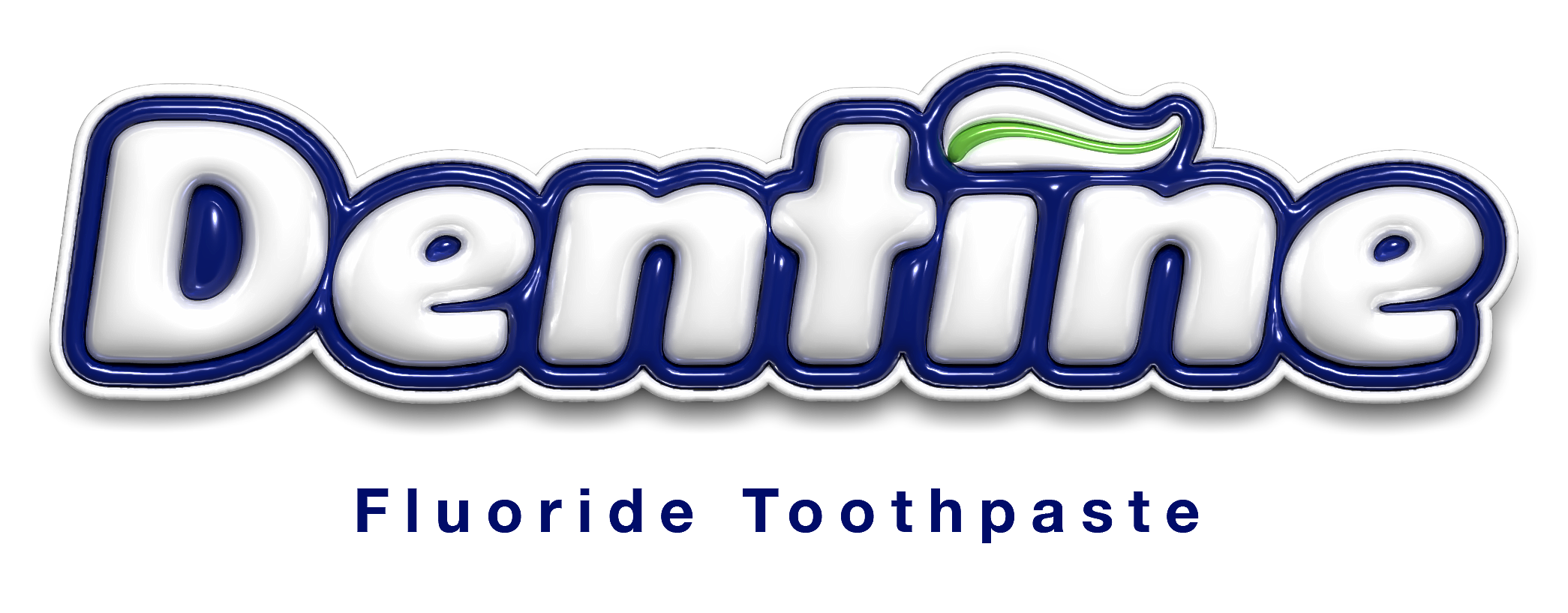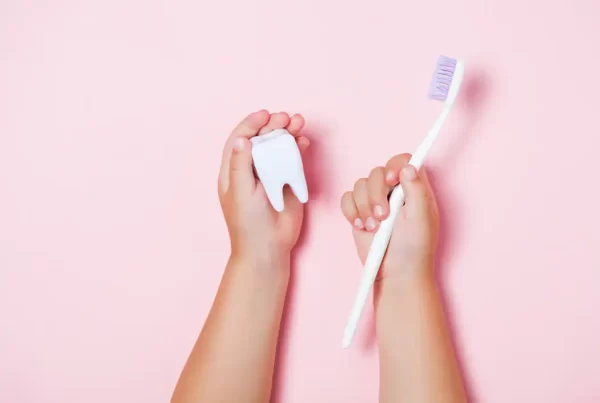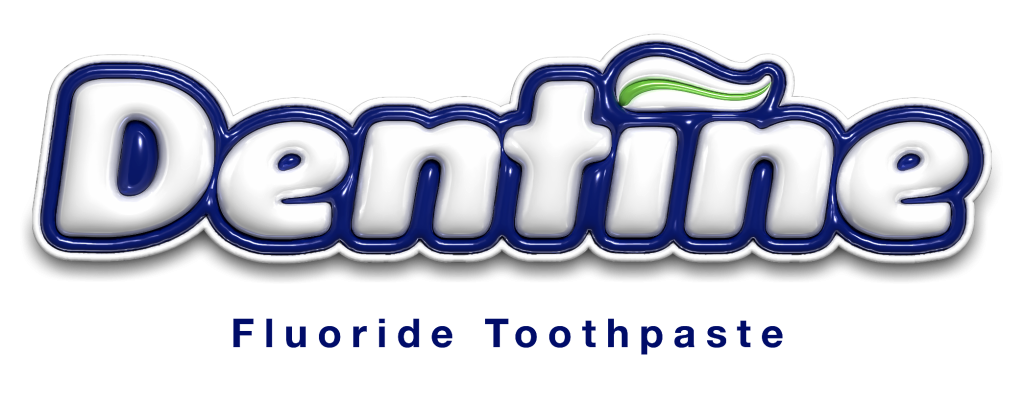When you smile, how much of your gums can you see? An excess of gum tissue that shows when smiling (also called excessive gingival display) can affect your self-confidence and discourage you from displaying your pearly whites. Luckily, this condition is treatable with the help of your dental team.
What Is a Gummy Smile?
As an article in the International Journal of Surgery Case Reports (IJSCR) describes, a smile with more than 2 millimeters of exposed gum is termed a gummy smile (GS). There are several causes of GS, including:
Altered eruption of the teeth during childhood
Downward movement of the upper teeth or excessive growth of the upper jawbone
Short or overactive upper lip muscles, such as the levator labii superioris and levator anguli oris, which lift the lip upward
If you have this condition, rest assured that gummy smiles are quite common. They are found in 10.5% to 29% of the population and are more common in females.
Treatments for Gummy Smiles
Discussing your condition with your dental professional is essential, as they will diagnose the exact cause of the issue and determine the best treatment option. Here are three common treatments for GS:
Crown Lengthening
As the American Academy of Periodontology describes, this procedure involves removing the excessive gum tissue to expose more of the crown of the tooth, as well as sculpting the gumline to make it higher up. This is performed by a specialist known as a periodontist.
The IJSCR article identifies the two parts of this procedure: gingivectomy (removal of the excess gum tissue) and osseous surgery (removal of the excess bone and shaping the jawbone). Whether both stages need to be completed depends on each patient and how much excess gum tissue there is.
Botulinum Toxin (BT) Injection
When you think of botulinum toxin (BT), you may picture treatment used to smooth lines and wrinkles on the face — however, BT has many other medical uses, such as in the treatment of GS.
BT injections can be useful for GS cases that involve overactive lip muscles, as an article in the Journal of Clinical & Diagnostic Research states. In these circumstances, BT should be injected in small doses to limit over-contraction of the upper lip muscles, which can have an effect that is opposite of the desired outcome. This treatment typically lasts for three to six months and must be repeated every six months to one year. Dentists or medical doctors who have appropriate training can perform this procedure.
Orthodontic Treatment or Surgery
The IJSCR article explains that, if a GS is caused by the downward movement of the upper teeth or excessive growth of the upper jawbone, it may be managed by an orthodontist, who specializes in straightening the teeth and jaw. They may use orthodontic appliances to push the teeth upward, or they may work with surgeons to surgically move the teeth upward, if necessary.
Ultimately, if you have a gummy smile that you would like treated, speak to your dentist. Depending on the cause, they will be able to advise you on the most appropriate treatment option.




